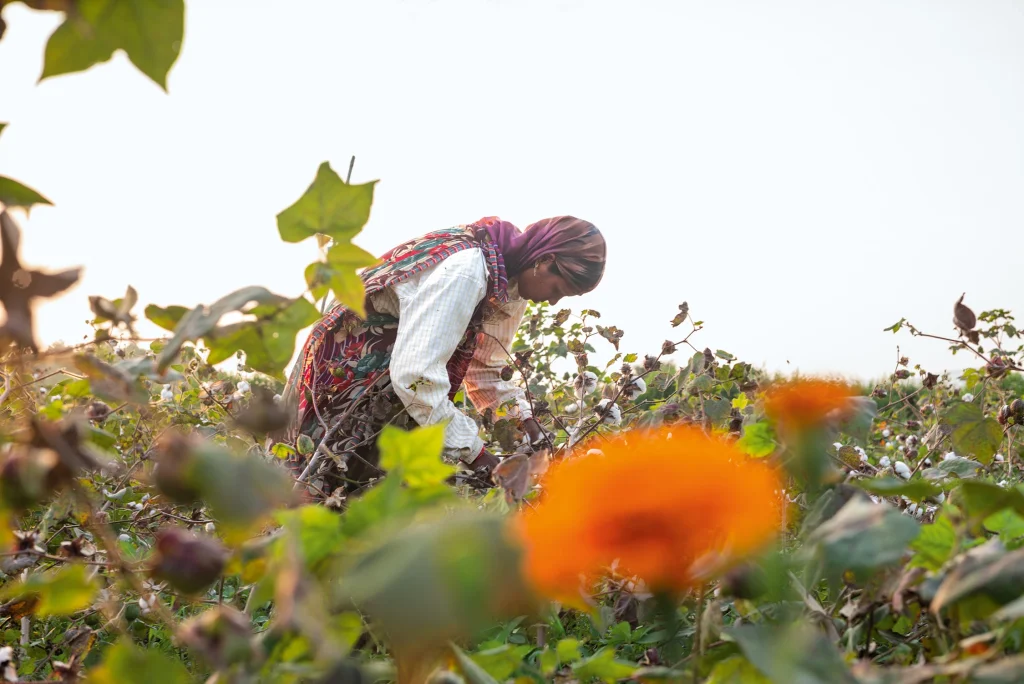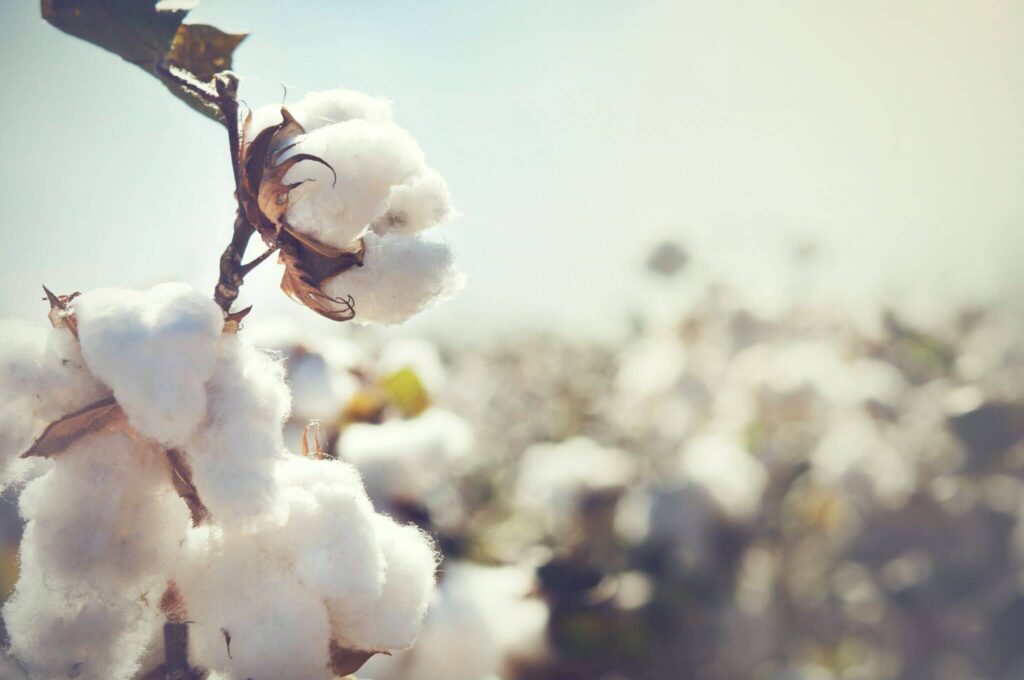
Regenerative Cotton Farming:
A Sustainable Alternative to Conventional Practices?
Cotton has long held the coveted top position as the quintessential fabric in the denim industry. Its unrivaled properties, including exceptional comfort, breathability, and durability, have firmly established cotton as the ideal raw material for crafting denim. Simply put, there is no denim industry without cotton.
Over the last few years, our industry has entered a period of profound transformation, challenging the established norms. After decades of prioritizing mass production and cost efficiency in denim manufacturing, our attention has shifted towards sustainability and accountability. Just as we’ve questioned our practices in working with other materials and manufacturing methods, we’ve also begun to question our approach to cotton harvesting and usage. In recent years, we have witnessed the emergence of numerous alternatives to conventional cotton, including organic and recycled cotton. We’ve also seen a new focus on alternative materials, including hemp, linen, and bamboo, fibers which are often blended with cotton.
As much as we adore cotton, might there be further improvements or alternatives we should also be considering?
White Gold and its Disadvantages
Although cotton’s properties unquestionably make it well-suited for crafting denim, the large-scale cultivation of cotton as currently practiced poses a significant risk to our planet. Water-intensive cultivation and extensive chemical usage can both harm ecosystems and human health -both for farmworkers and nearby communities. Monoculture farming practices (common on conventionally managed farms) contribute to soil degradation and loss of biodiversity. And, to put this in the right perspective, these aren’t future issues; they are present ones. The current industrial-scale growing of cotton is doing harm to our planet.
While concerns about cotton’s environmental impact have been around for decades, it is in more recent years, particularly from the 2000s up and until now, that these concerns have gained broader recognition and prompted calls for changes in both industry practices and consumer behaviors. While ongoing research continues to deepen our understanding of the environmental and social implications of cotton farming, our industry needs further efforts to minimize its negative effects.
Fortunately, in recent years several alternatives have been introduced in order to minimize the impact of using cotton in the denim industry. While some of these alternatives have already been broadly embraced, one emerging solution is gaining momentum in the industry: regenerative cotton.
An Introduction to Regenerative Cotton Farming
Regenerative agriculture is an outcome-based farming approach that nurtures and restores soil health and biodiversity. With techniques such as minimal- or no-till farming (a technique for growing crops without disturbing the soil through tillage), diverse crop rotation, and cover cropping, regenerative agriculture protects the climate and water resources and biodiversity and enhances farms’ productivity and profitability. It goes beyond simply sustaining the land, as it aims to actively regenerate and revitalize it, with the primary goal being to create a more sustainable and healthier agricultural system that benefits both farmers and the environment.
In contrast to conventional cotton farming, which depletes the soil and relies on synthetic chemicals, regenerative cotton reduces synthetic inputs and nurtures the soil, aiming to enhance land resilience and sustainability. It fosters a harmonious relationship between agriculture and the environment, emphasizing sustainability, soil health, and reduced environmental impact while increasing crop productivity.
Regenerative farming encompasses a holistic approach that involves several interconnected principles and practices, each of them playing a vital role. We would like to highlight three important principles of regenerative farming that are helping drive increased sustainability and ecological health.
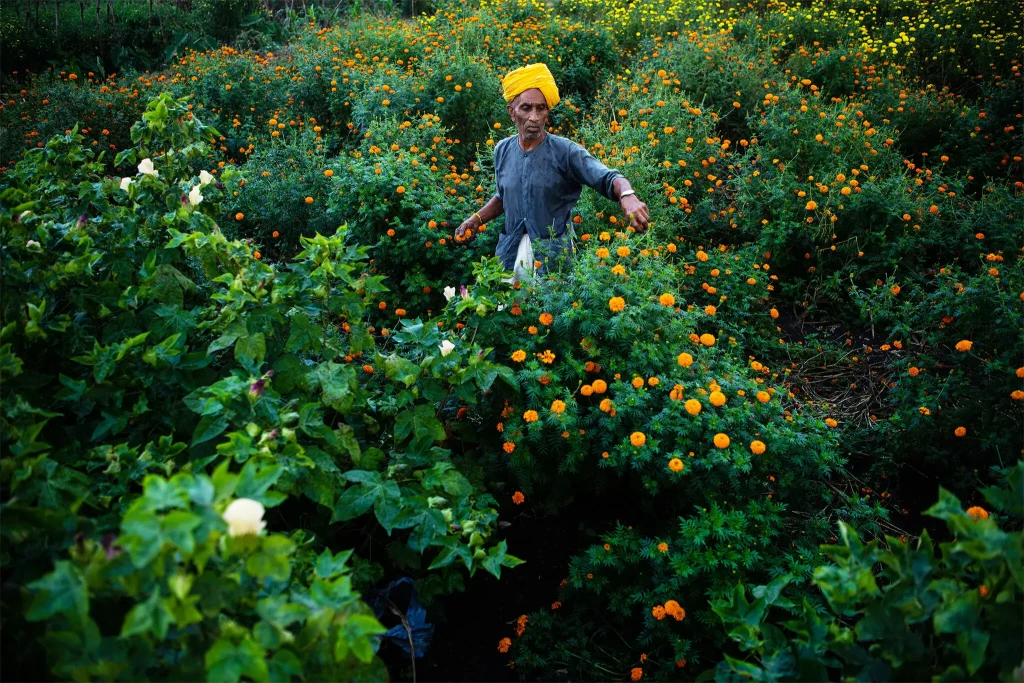
Credit: Hashim Badani/Patagonia
Soil health
Revitalizing soil health is the cornerstone of regenerative farming. A healthy soil teeming with beneficial microorganisms, organic matter, and good structure is essential for cotton growth and ecosystem resilience. It might be obvious, but healthy soil will significantly improve the growth of cotton in terms of yields and quality. Practices that improve soil health, such as minimal- or no-till farming, cover cropping, and chemical reduction, are central to regenerative agriculture.
Biodiversity
Promoting biodiversity is crucial for an ecological balance and the resilience in farming systems. A diverse ecosystem includes diverse plant species, beneficial insects, and soil microorganisms. These all facilitate pest control and contribute to overall system stability. This is in sharp contrast to monoculture, which leads to soil degradation and to the spread of pests and diseases. In regenerative agriculture, practices like crop diversification, agroforestry, and the creation of pollinator habitats are crucial, and all of them help foster biodiversity.
Minimizing the Use of Synthetic Pesticides
The third principal we would like to highlight is minimizing the use of synthetic pesticides. Revitalizing the health of the soil and promoting biodiversity will lead to stronger and healthier cotton, which needs less fertilizers, and herbicides. Regenerative farmers often rely on natural and organic alternatives and integrated pest-management practices to enrich the soil. Using fewer synthetic pesticides will reduce chemical runoff and minimizes harm to non-target species. It will also minimize harm to farmworkers and nearby communities.
While improving soil health, promoting biodiversity, and minimizing pesticides are foundational aspects of regenerative farming, it’s essential to view it within a holistic approach. In this context, all principles, including the ones above, are inseparably connected. Regenerative farming seeks to create a holistic, resilient, and sustainable farming system that benefits the environment, farmers, and communities.
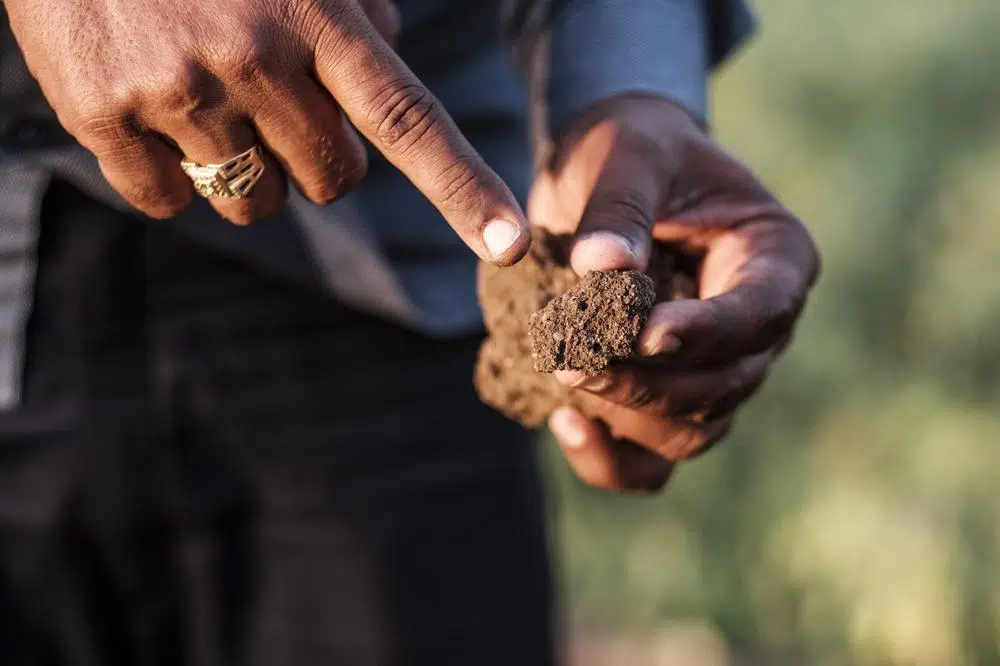
Redefining Cotton Farming
Cotton farming is at a crossroads. It is facing increasing scrutiny for its environmental and social impact. In response to these challenges, regenerative cotton farming practices have gained attention for their potential to eliminate some of the environmental and social issues associated with conventional cotton production, serving as a more sustainable and environmentally friendly alternative. The advantages of regenerative cotton over conventional cotton are beyond dispute, and the use of regenerative cotton has the potential to reshape the denim industry in several significant ways. But, in order to achieve a transformation in the way we cultivate “white gold”, we will need to make considerable collective efforts and investments as an industry.
As we have seen in recent years, sustainable innovations bring challenges with them. Implementing the use of regenerative cotton farming will be no exception. The industry’s adoption of regenerative farming practices will play a decisive role in determining the extent of market share growth and will directly influence consumer awareness and behavior. Put Simply, the more the industry embraces regenerative cotton (like it has done with organic cotton), the more the consumer will see the value. However, the extent of this influence can vary depending on various factors, including marketing and education.
While there is growing consumer interest in sustainable products, the market for regenerative cotton may still be relatively niche. Educating consumers about the benefits of regenerative cotton will be an ongoing challenge. Many consumers may not fully understand the concept or its significance yet, and it is the industry’s task to share knowledge and make the case for regenerative farming.
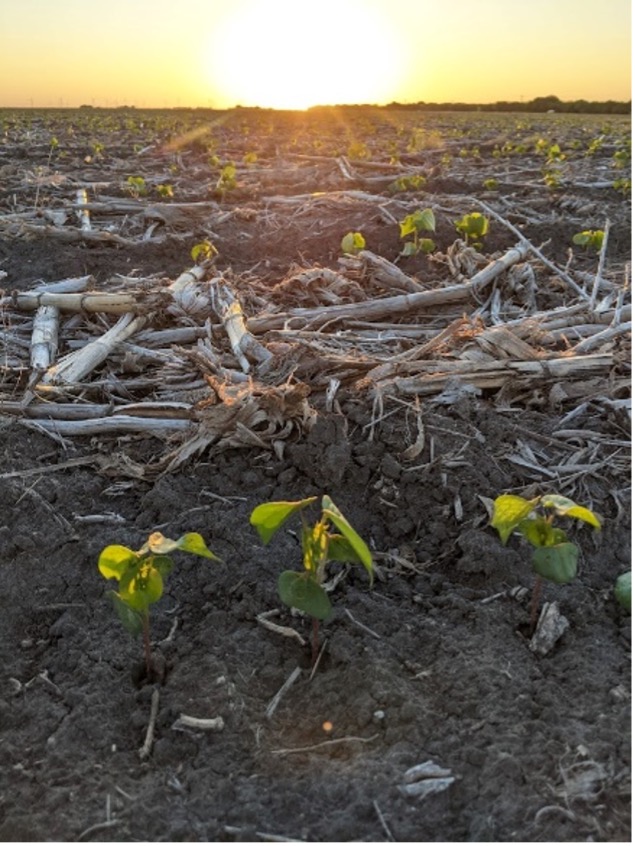
There is also much work to be done when it comes to convincing farmers to adopt regenerative practices. Successful regenerative farming requires a deep understanding of ecosystem dynamics and soil health, and the formula varies based on local conditions and ecosystems. What works well in one region may not be suitable for another, requiring customized approaches and flexibility. Farmers may need additional training and resources to effectively implement these practices in their region, which can be a barrier, especially for small-scale farmers.
Another barrier for farmers can be the challenges and time involved in making such a dramatic change to their operation. Farmers may face initial financial and operational hurdles as they adapt to new techniques and principles. When the global demand for regenerative cotton grows, there will be significant challenges surrounding scaling up regenerative cotton production. It will require widespread adoption of these practices and supportive policies and infrastructure.
Another challenge the industry can expect, one we have seen with the adoption of earlier sustainable innovations, is the need for accurate certifications in order to prevent misrepresentation or greenwashing. Ensuring that farmers adhere to regenerative principles and meet certification standards can require additional administrative and financial resources.
Despite these challenges, regenerative cotton farming holds promise for addressing some of the sustainability issues associated with conventional cotton production. As awareness and demand for more sustainable and regenerative products continue to grow, these challenges can be overcome with concerted efforts from farmers, industry stakeholders, and consumers alike. Although we are on the right track, we need to keep working on decreasing our impact on the planet. We need to change—to change for the better!
